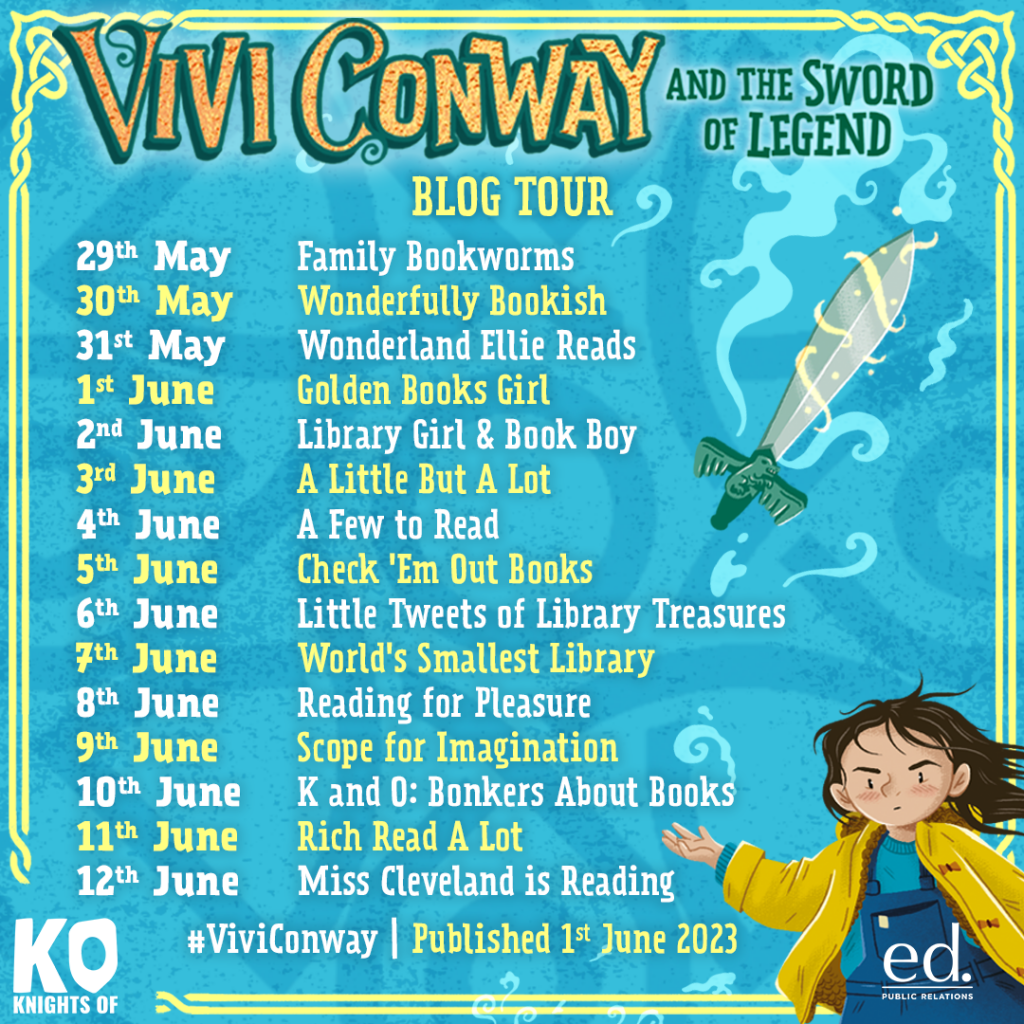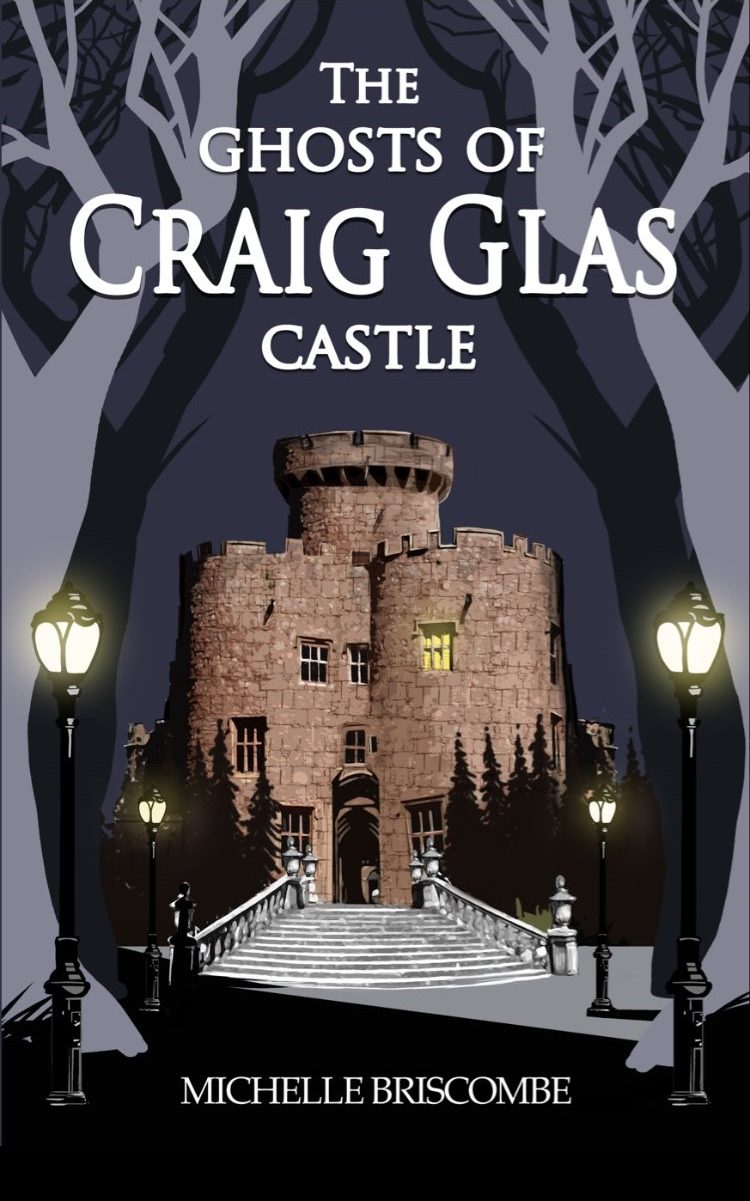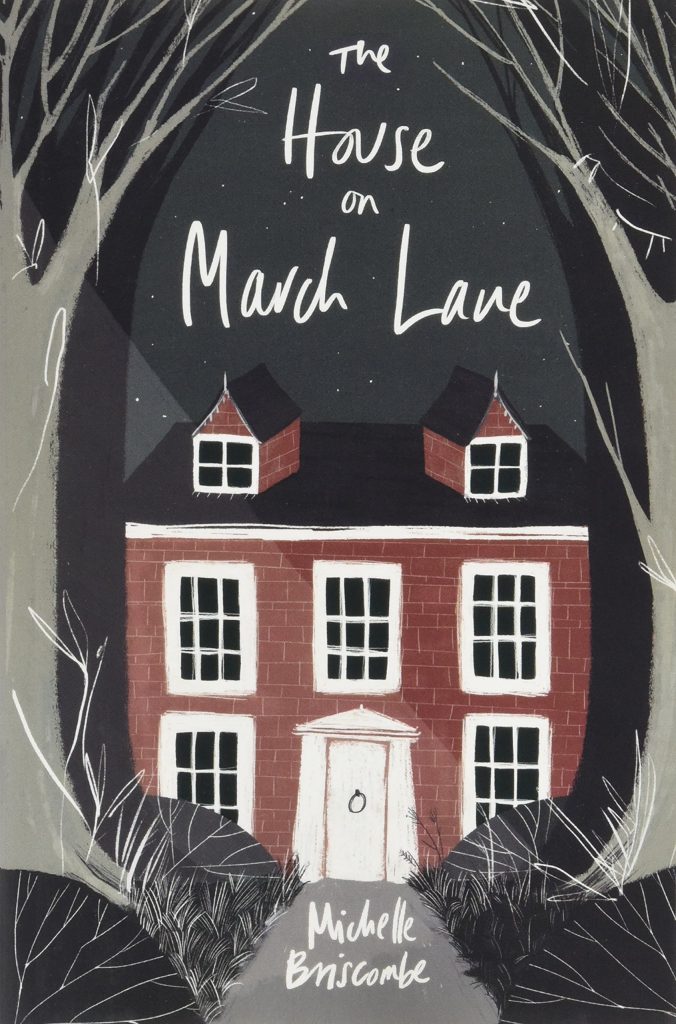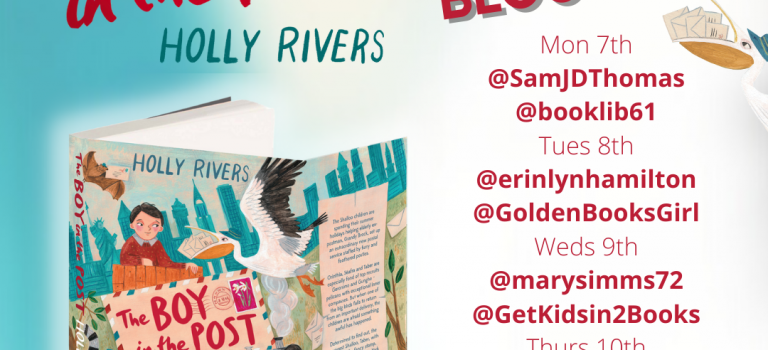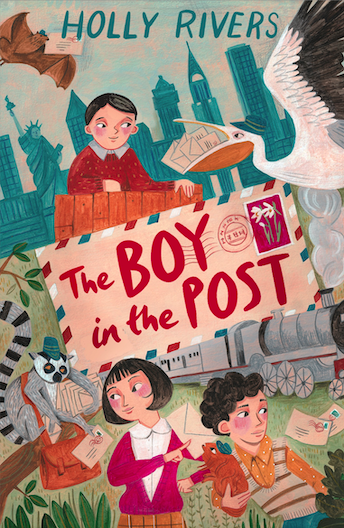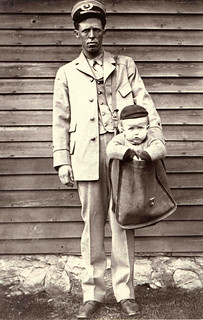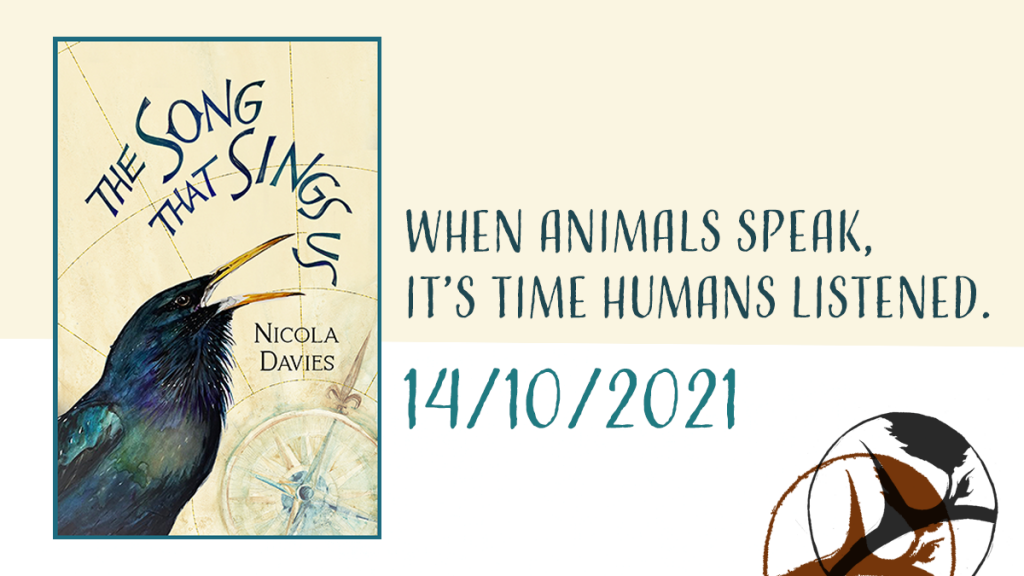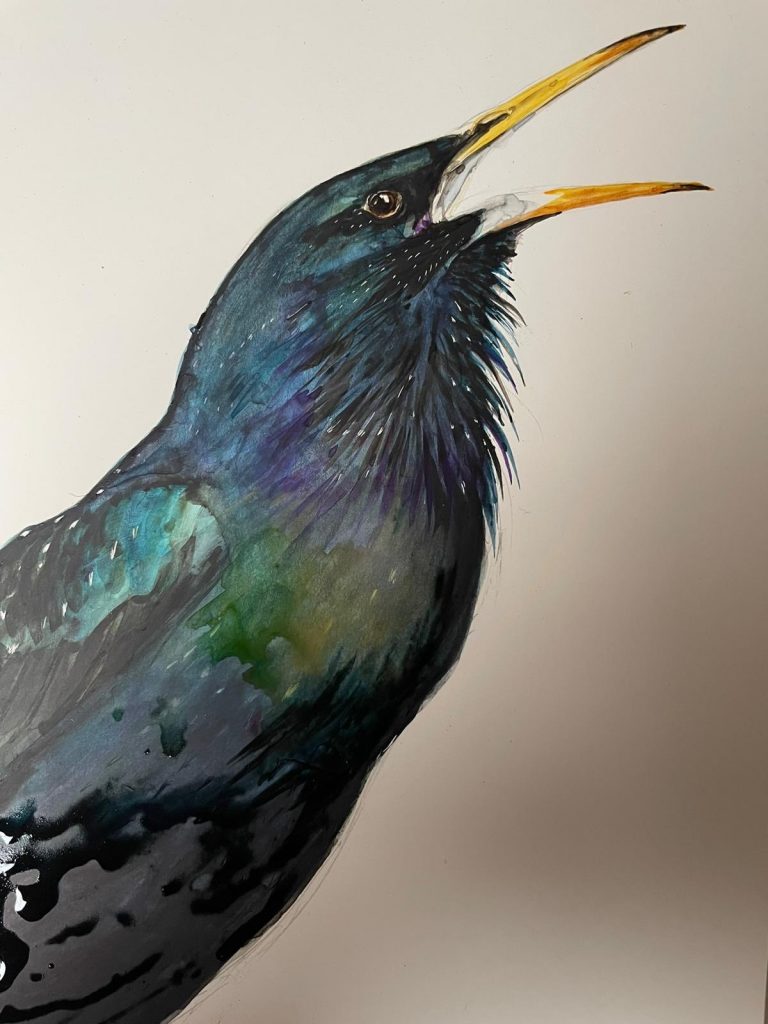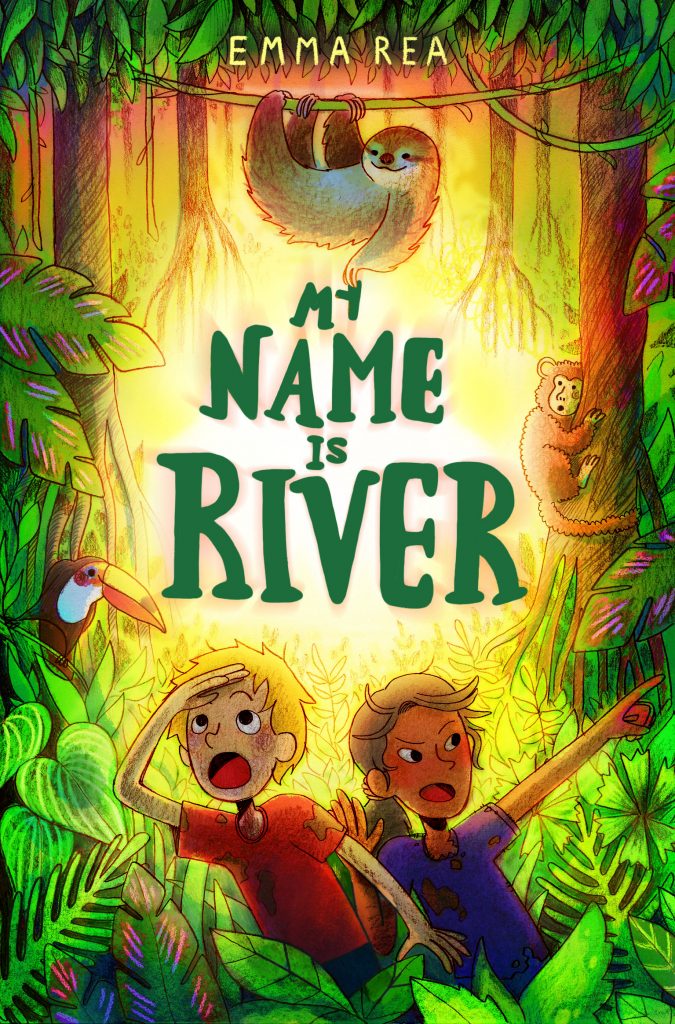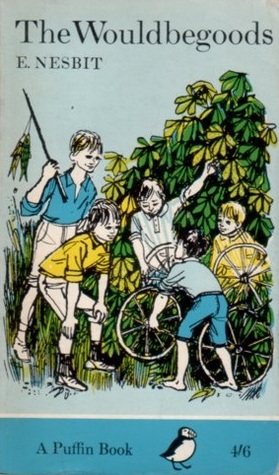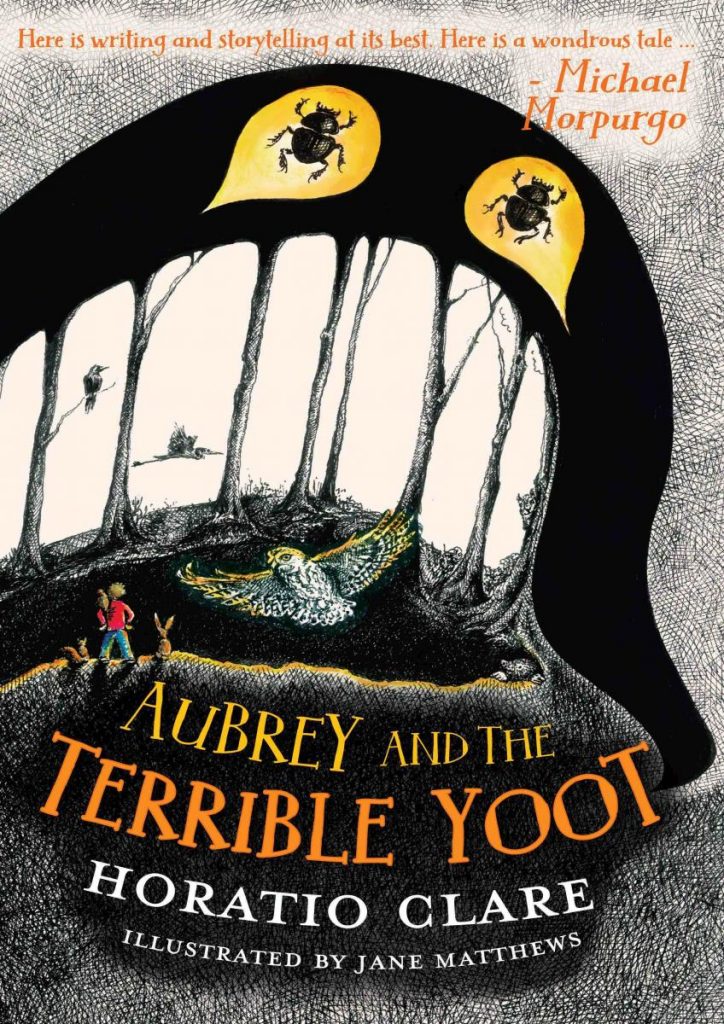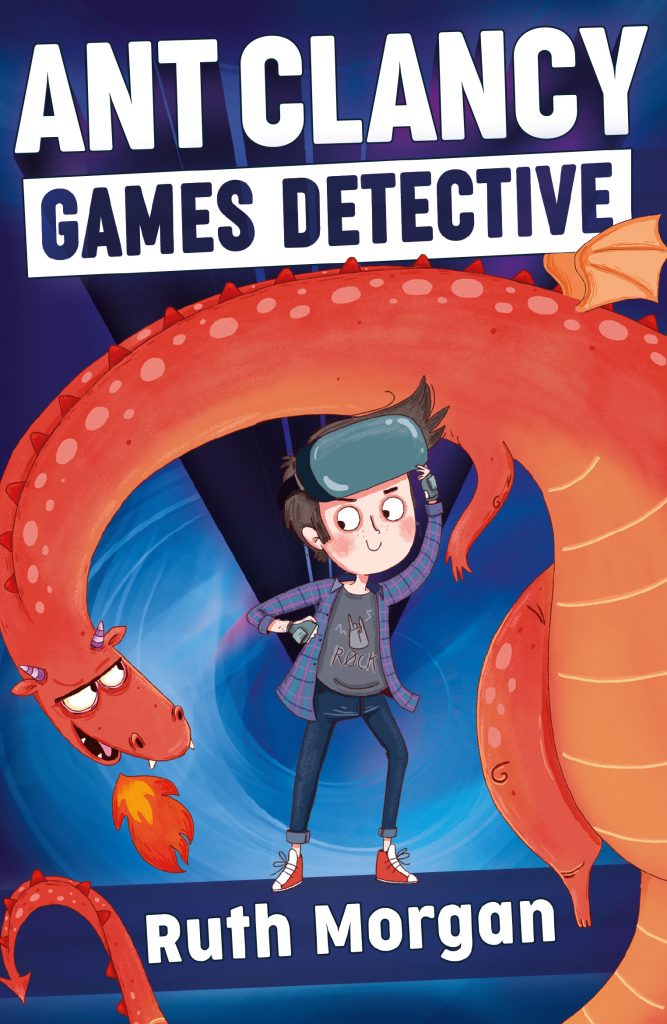Lizzie Huxley Jones
Knights Of (ISBN 9781913311421)

When you read Vivi Conway (and let’s make this clear from the beginning – you must read Vivi Conway, it is stupendous) there are several things that may strike you. It could be the fact that Vivi and her gang have the most incredible heart-racing adventures. It might be that the writing is so lively and engaging that it pulls you in completely and makes you feel instantly a part of Vivi’s world. It may be that this is undoubtedly one of the most inclusive books you have ever read. It would probably be that you fall in love with Gelert the protective ghost hound who speaks in a Welsh dialect that would make Lesley Parr proud, mun.
I was particularly enamoured by a couple of things: firstly, the constant inspiration of Welsh mythology cannot be underplayed here. I mean we’re single-mindedly here for authentic welsh contexts and it feels like Lizzie has pulled out all the stops to do the Wales Tourist Board proud. The book is completely teeming with legends, folk-tales, Arthurian and mabinogion-inspired references. It is excellently done – I love the part where Gelert describes his own demise whilst standing next to his own grave (macabre but extremely moving!); or where Nimuë the Lady of the Lake recounts the story of Pwyll and Rhiannon. Elsewhere, the inspiration is more subtle and the tales have been twisted, diluted or reshaped (just as they have been over centuries).
Secondly, there is great humour here. Real laugh-out loud stuff. Observational comedy and warm-hearted funnies that made me beam as I read. These kids are going through some wild episodes but their sense of humour is maintained throughout. My supposition is that there is a bit of author Lizzie Huxley-Jones in Vivi and that they had a ball writing the story; their warm personality certainly shines through the writing. By the end of the book, not only are you desperate for more, but you feel like you actually want to be in the company of these misfits, and by association, get to know Lizzie Huxley-Jones better. (We promise to try and get them to do a Q and A soon!)
However Vivi Conway floats your boat, one thing is sure; it is a completely joyous book that I will happily recommend to everyone for the rest of my life. The Sword of Legend is full of the most excellent fun.
At the start of the story, Vivi Conway is moving to London. But the night before she leaves, she hears a voice calling her to the lake. It is here that she is given Excalibur and a quest to contain Arawn, the King of the Underworld. She can’t do this alone, and finding her tribe is a central theme to the story – both for real-world Vivi as she settles into her new school in London, and for fantasy-world Vivi as she seeks out the other ‘calonnau’ who are charged with defending the mortal world.
What follows is a story full of magic, myth and monsters that will (mildly) terrify and thrill readers of all ages. There are missing children, seized by the horrifying spider-like Coraniaid who seem to have taken the job of the Tylwyth Teg in kidnapping youngsters and holding them captive in the Unlands (that space between our world and Annwn). As Vivi and her friends Dara, Stevie and Chia learn to tame and hone their magical powers ‘on the job’ the adventure to rescue the missing children takes in the Science Museum, the British Library and the Crystal Palace dinosaurs. It really is an education!
For a fantasy story full of the supernatural it’s also intensely real. Autistic Vivi was bullied in her previous school and is extremely wary of other kids – particularly as she’s now in a new city and feels she cannot give herself up to friendship due to previous experiences. Readers will enjoy following Vivi as she works these things out, opens up, conquers fear and becomes more content with her place in the world. She is battling supernatural demons by day but also inside her head. The parallel nature of Vivi in the human world and Vivi in the Unlands works phenomenally well.
An authentically Welsh, fun fantasy, expertly written with joy woven through every page. A story that encourages everyone to be themselves and to assure growing youngsters that they will find their place. Vivi Conway and the Sword of Legend is essential for every home, library and school; this is a special one I’m going to be recommending to a lot of people. Thanks Lizzie Huxley-Jones for writing.
Blog Tour Content
Lizzie Huxley- Jones recently tweeted about their research in the British Library. We thought it may be fun to pull out some of the myths and legends that have inspired Vivi Conway and the Sword of Legend and highlight some retellings for children. Hope you enjoy…
Gelert
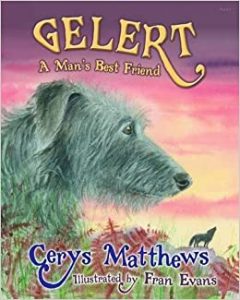
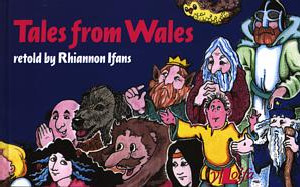
Gelert is a ghost dog in Vivi’s adventure and a faithful guardian to the children. This is the wiry hound Gelert of legend, and in one very moving scene he transports Vivi to Beddgelert and recounts his story right next to his grave. Try holding the tears in when you get to that part. A really lovely retelling of Gelert for children is the Cerys Matthews version but it also appears in the ‘Tales from Wales’ collection.
Ceridwen
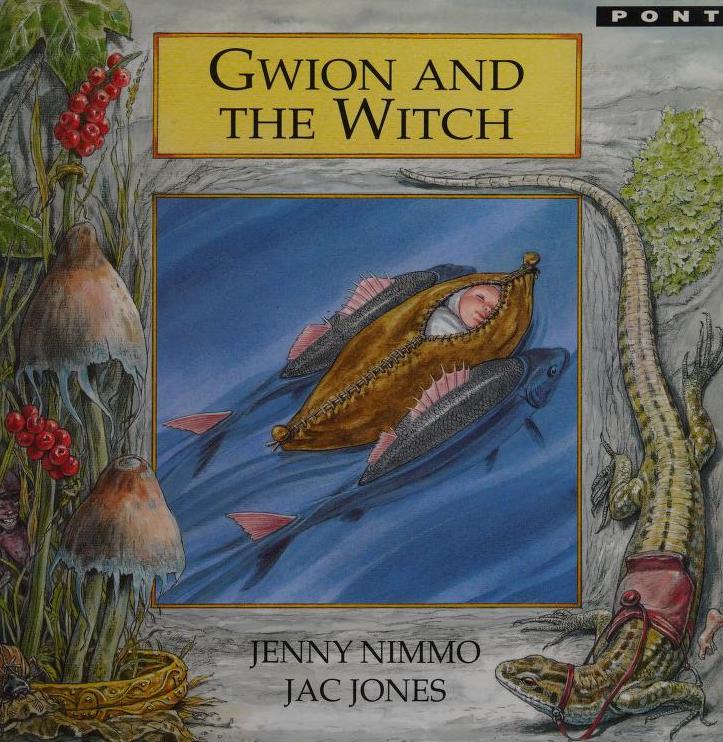
Vivi meets Dara at the lake – like Vivi, Dara has been gifted a magical power associated with a figure from mythology. Ceridwen is that mythical legend – a sorceress who had a magical cauldron. The story of how she brewed a potion to give her own hideous son great wisdom, but instead the potion inadvertently spilled on a servant boy, is told brilliantly by Jenny Nimmo in ‘Gwion and the Witch’, illustrated by Jac Jones.
The Lady of the Lake / Excalibur
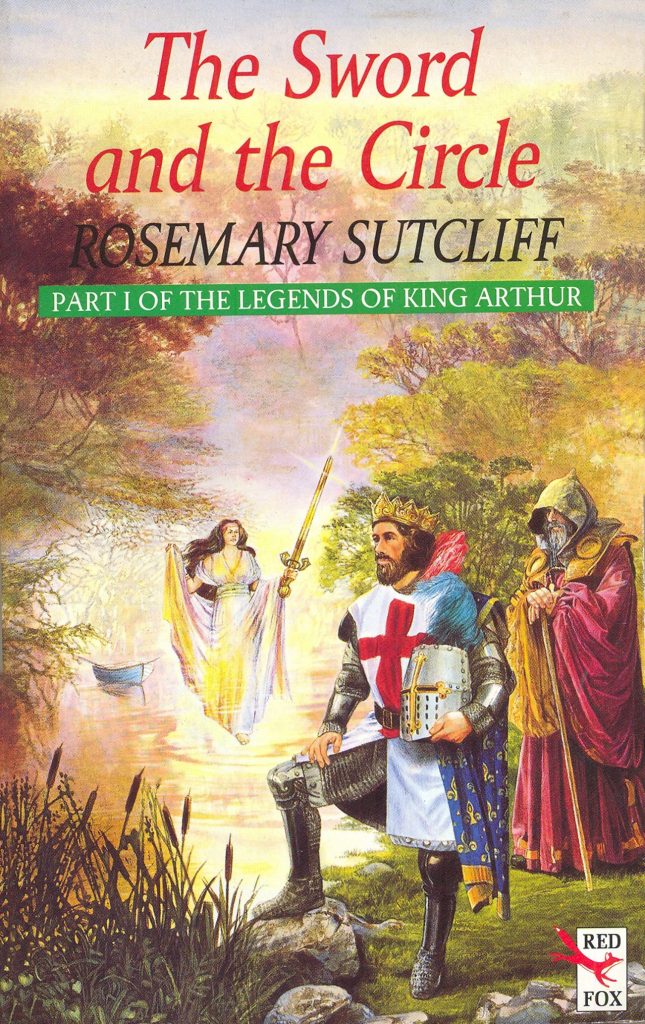
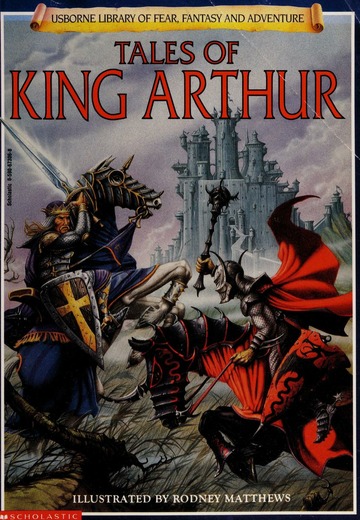
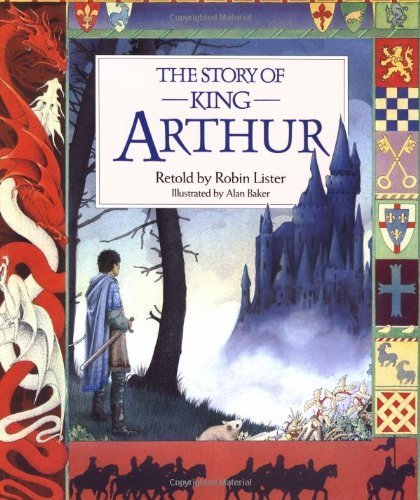
Also known as Nimuë (or Viviane in some tales), the Lady of the Lake is the Arthurian story of the enchantress who, amongst other things, gives Arthur the Excalibur sword. Vivi and Nimuë are partnered souls and the discovery of Excalibur in Llyn Arian is the start of Vivi’s adventure. This is a story told many times in many ways. I’ve chosen three books which were all nominated for the Tir na nOg Award in their day.
Afanc

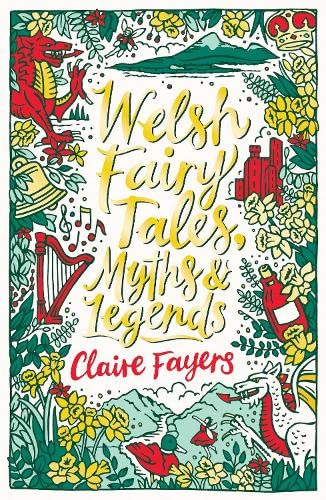
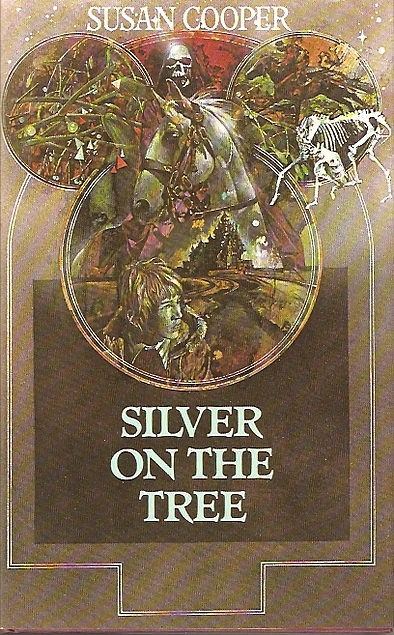
The Afanc is a lake monster from Welsh mythology – an enormous supernatural beast sometimes described as resembling a crocodile, and often a scaly beaver – take your pick! Chapter 1 of Vivi gets us off to an uber-exciting start as Vivi has to wrestle with the Afanc in the lake. There is an afanc pool near Betws-y-Coed and the Showell Styles book provides a guided walk. The Claire Fayers collection recounts the legend of how the afanc was removed to a more remote lake away from the town, and the Dark is Rising sequence features the afanc in the final book.
Coraniaid
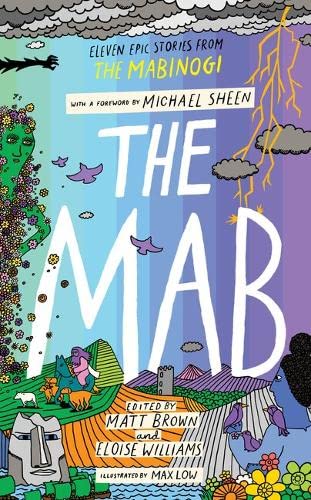
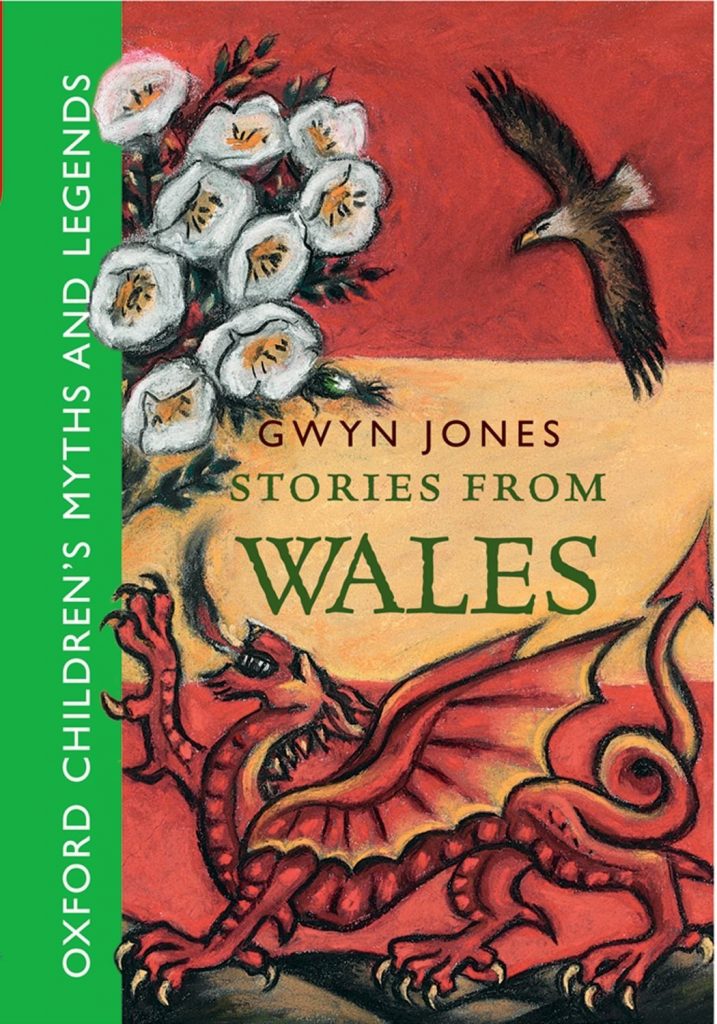
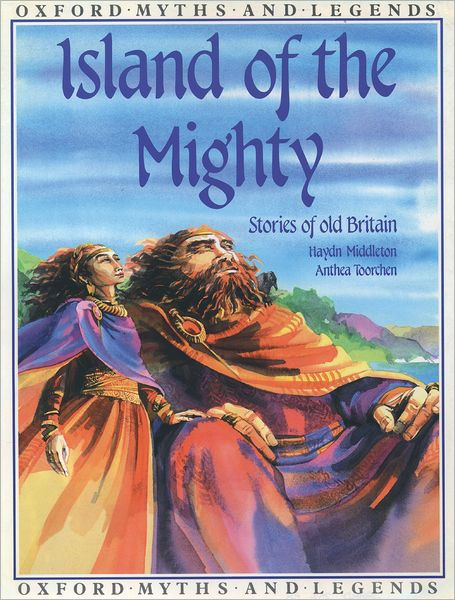
The Coraniaid feature in the Mabinogion tale of Lludd and Llefelys. They are one of three plagues that descended on Britain during the reign of King Lludd – an undefined creature or people who were characterised by a remarkable sense of hearing – which meant that the land fell silent because no-one could take any action against them. In Vivi’s story the creatures take on an arachnid form and they learn about the Coraniaid plague from a pamphlet in the British Library. ‘The Three Plagues of Britain’ is recounted in Gwyn Jones’ Stories from Wales, while Zillah Bethell retells the story (wherein “even the fool daren’t tell his jokes”) in The Mab. In ‘Island of the Mighty’ Haydn Middleton’s version features tiny folk called the Corannies who were water-tamers (there’s another link to Vivi there, but I think we’ve given away enough spoilers!)
Rhiannon
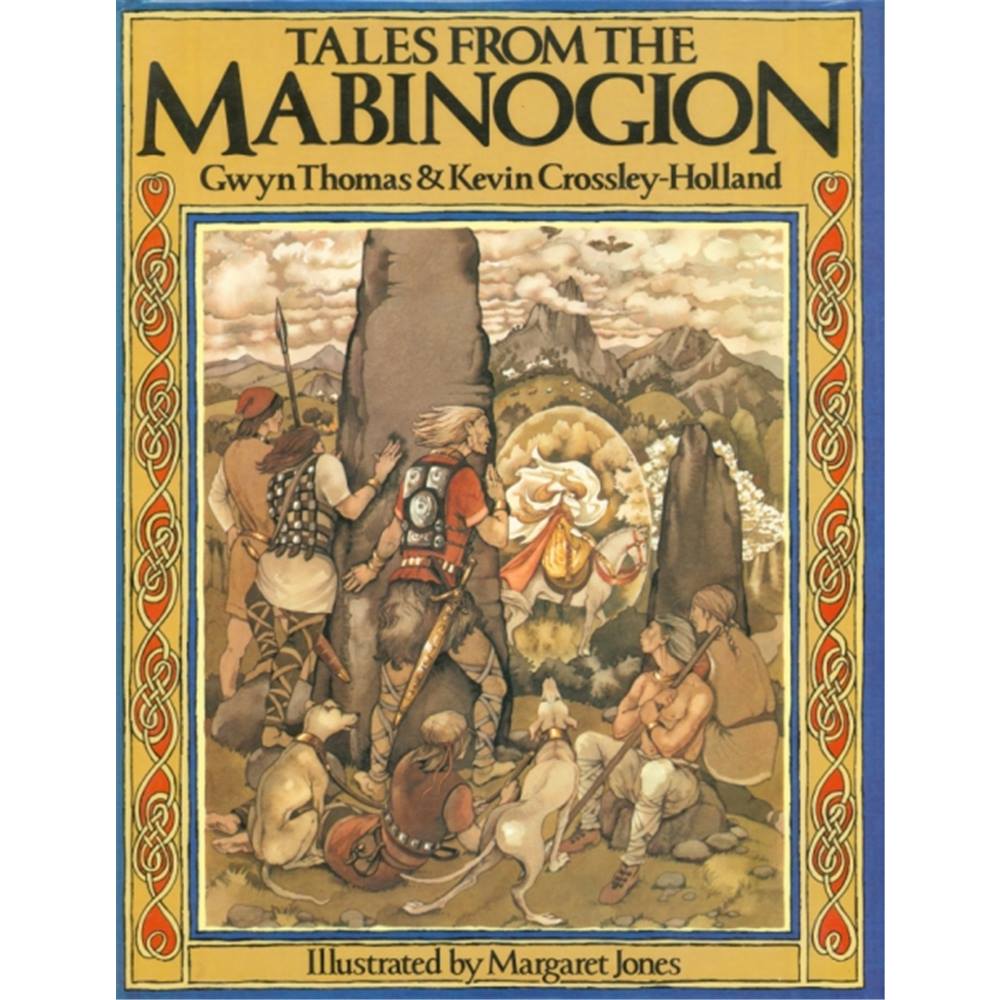
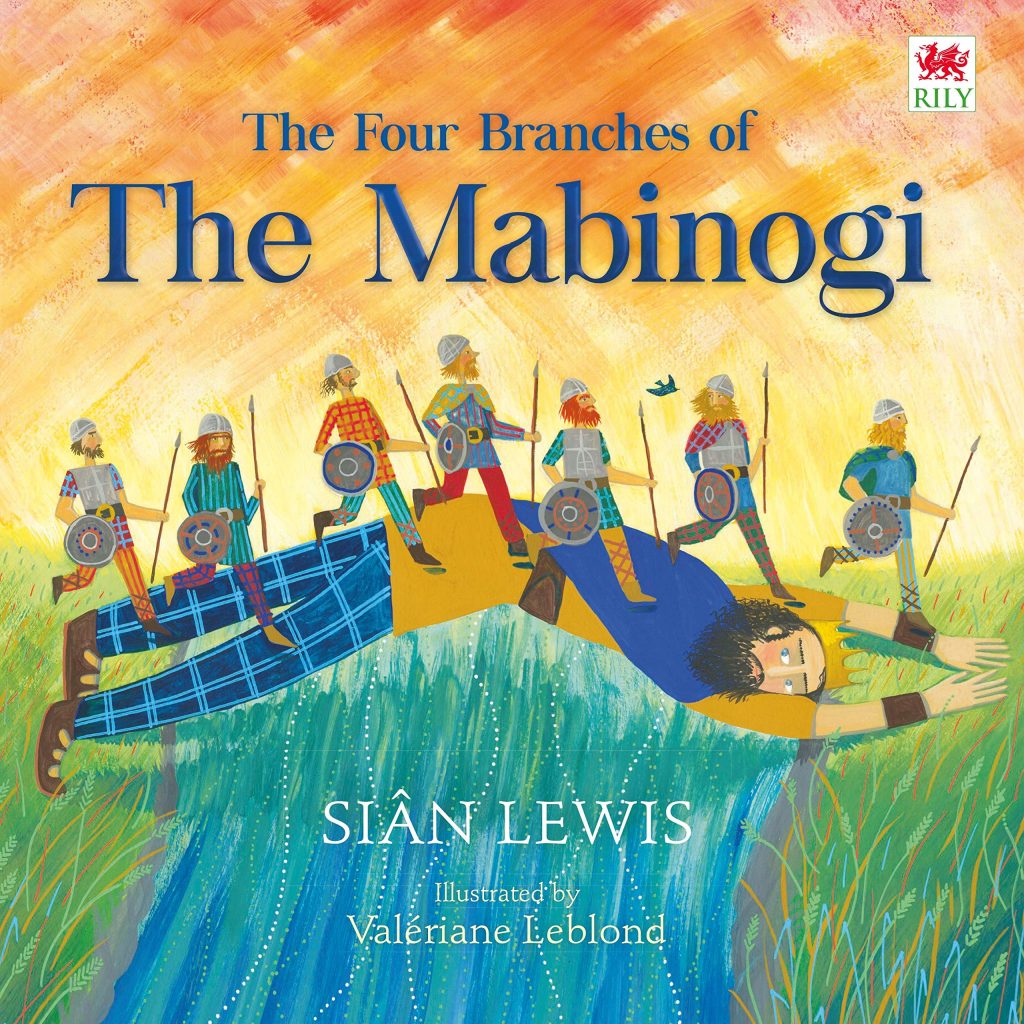
The third calon to be discovered in the story of Vivi Conway is that of Rhiannon – a character from the Mabinogion (though probably better known through the Fleetwood Mac song). Rhiannon is the intelligent, beautiful horse goddess. She features in the first branch of the Mabinogi, but also the third. Aside from The Mab, mentioned above, here are two other versions of the Mabinogion.
Thanks very much to Lizzie, Knights Of and Team ED for inviting us to be part of the blog tour and for sharing an early proof copy of Vivi.
Vivi Conway and the Sword of Legend by Lizzie Huxley-Jones is out 1 June 2023. Grab a copy from your local independent bookshop, or buy direct from Round Table. Follow Lizzie on Twitter, find out more about them here, and check out all the posts on the Vivi Conway blog tour…
